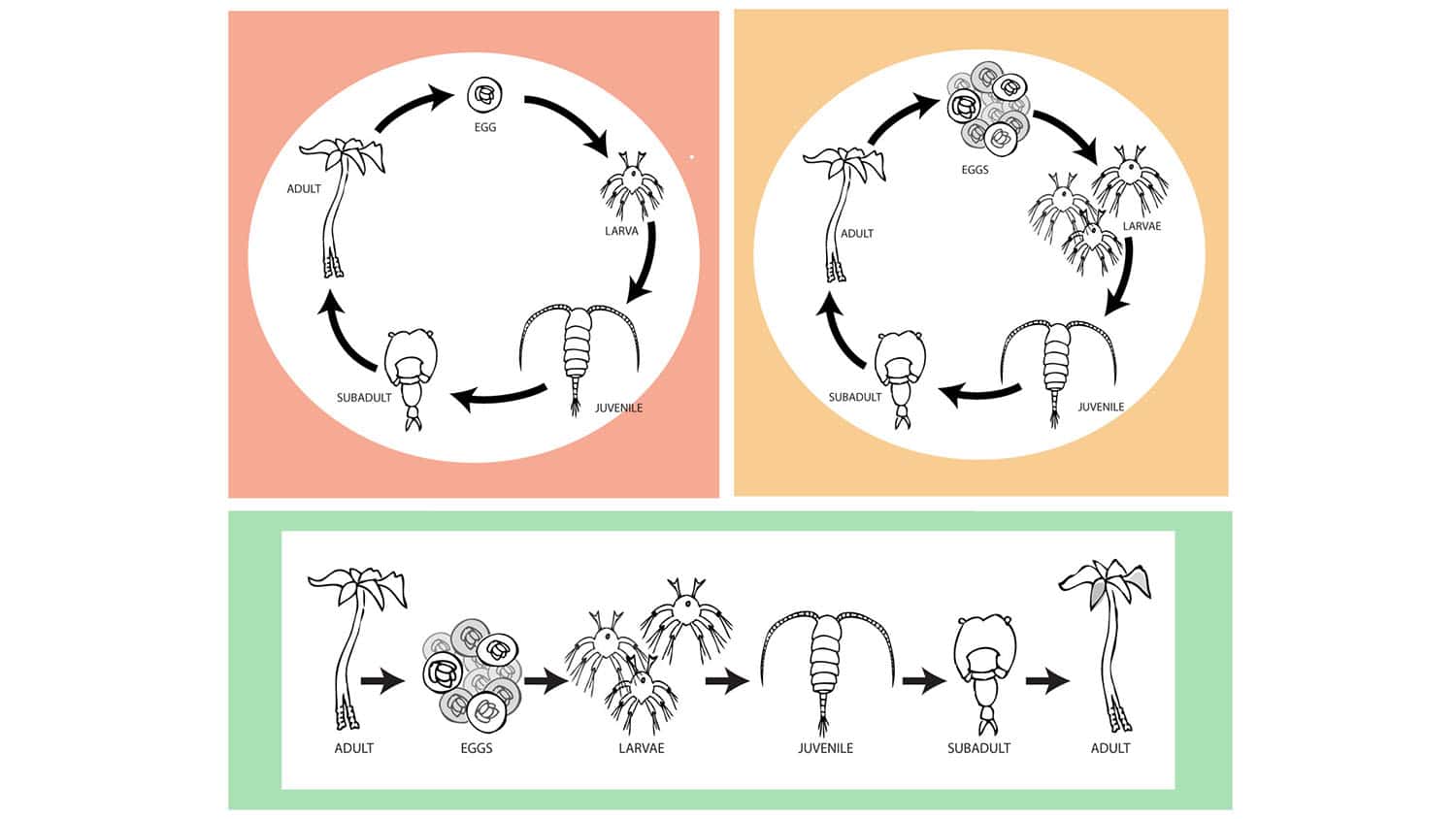New Forensics Research Will Help Identify Remains Of Children
New research from North Carolina State University is now giving forensic scientists a tool that can be used to help identify the remains of children, and may contribute to resolving missing-persons cases, among other uses. Identifying skeletal remains can be a key step in solving crimes, but traditionally it has been exceptionally difficult to identify the skeletal remains of children.
“The key finding in our research is that children’s faces attain the shapes they will have in adulthood much earlier than previously thought,” says Dr. Ann Ross, an associate professor of anthropology at NC State and lead author of the new study. This finding is important because physical anthropologists use the shape of the skull to examine similarities and differences between populations, such as between Eastern Europeans and Mediterranean populations. This means that forensic experts can help identify the ancestry of skeletal remains in much younger individuals than is currently the case.

For example, Ross was able to use these findings to examine the remains of an unidentified 10-year-old boy, whose body was found in 1998, and determine that he was of Mesoamerican origin. That finding gives investigators additional information on the cold case, which can be used for facial reconstruction, among other things.
Until now, anthropologists relied solely on the remains of people who were at least 18 years old when studying the craniofacial (i.e. skull) characteristics of different populations. Similarly, forensic analysts did not attempt to assess the ancestry of remains belonging to people under the age of 18.
But the researchers have found that the population-specific traits that can be measured in the skull are actually present – and can be measured – at least as early as the age of 14. “These findings can likely be applied to much younger remains as well,” Ross says, “but we did not have a large enough sample size to include younger kids in this paper.”
One of the things that made this work possible was the use of shape analysis, relying on “geometric morphometrics” – which is a field of study that characterizes and assesses biological forms. Geometric morphometrics has led to the development of software, statistical tools and research methods that enabled the researchers to examine shape differences in the skulls of children and adults.
“In the past,” Ross says, “this was impossible because traditional techniques for measuring craniofacial characteristics relied on calipers – which introduced size as a confounding variable.” In other words, it was impossible to compare the small skulls of children to the larger skulls of adults.
The researchers collected craniofacial measurements from the remains of children between the ages of 14 and 16. The researchers then ran the data through modeling software and additional statistical analyses to determine whether children differ significantly from adults in terms of the craniofacial markers that identify a given population.
In addition to forensic applications, the findings also represent a breakthrough for physical anthropologists studying past civilizations. Because craniofacial characteristics are used to examine differences between populations, these findings can help anthropologists advance our understanding of how populations have moved or changed over time. The study shows that anthropologists can now use the remains of children to help get a snapshot of what the population looked like in a specific area – they are no longer limited to using the craniofacial remains of adults.
The paper describing the research, “Craniofacial Growth, Maturation, and Change: Teens to Midadulthood,” was co-authored by Dr. Shanna Williams of the University of Florida and was funded, in part, by the National Institute of Justice. The paper was published earlier this month by The Journal of Craniofacial Surgery.
NC State’s Department of Sociology and Anthropology is a joint department under the university’s College of Humanities and Social Sciences and College of Agriculture and Life Sciences.
-shipman-
Note to editors: The study abstract follows.
“Craniofacial Growth, Maturation, and Change: Teens to Midadulthood”
Authors: Ann H. Ross, North Carolina State University; Shanna E. Williams, University of Florida
Published: May 2010 (March issue), The Journal of Craniofacial Surgery
Abstract: Despite the attainment of several adult cranial dimensions relatively early in childhood, skeletal maturity and, by consequence, adult form are typically defined by the eruption of the third molars around 17 years of age. This in turn serves as the division between subadults and adults, which is then applied to population studies of biological variation. Specifically, comparative data sets of adult measurements are not directly applied to individuals who do not have complete skeletal growth, as it is believed that the confounding effects of allometry may skew the results. The present study uses geometric morphometrics techniques to investigate the appropriateness of this division with respect to three-dimensional anatomical landmarks. Twenty-six landmarks were collected from a single population of 24 crania partitioned into 4 age groups spanning late adolescence to midadulthood. Generalized Procrustes and multivariate statistical analyses were performed on the landmark data. Results showed no significant morphological differences between the teen and young adult age groups, whereas significant shape and size differences were found in older adults relative to their younger cohorts. Moreover, no growth-related shape variation (ie, allometry) was detected within the sample. These findings suggest that adult form is attained several years earlier than commonly thought and corroborate other research that suggest that subtle changes in cranial morphology continue throughout adulthood.


